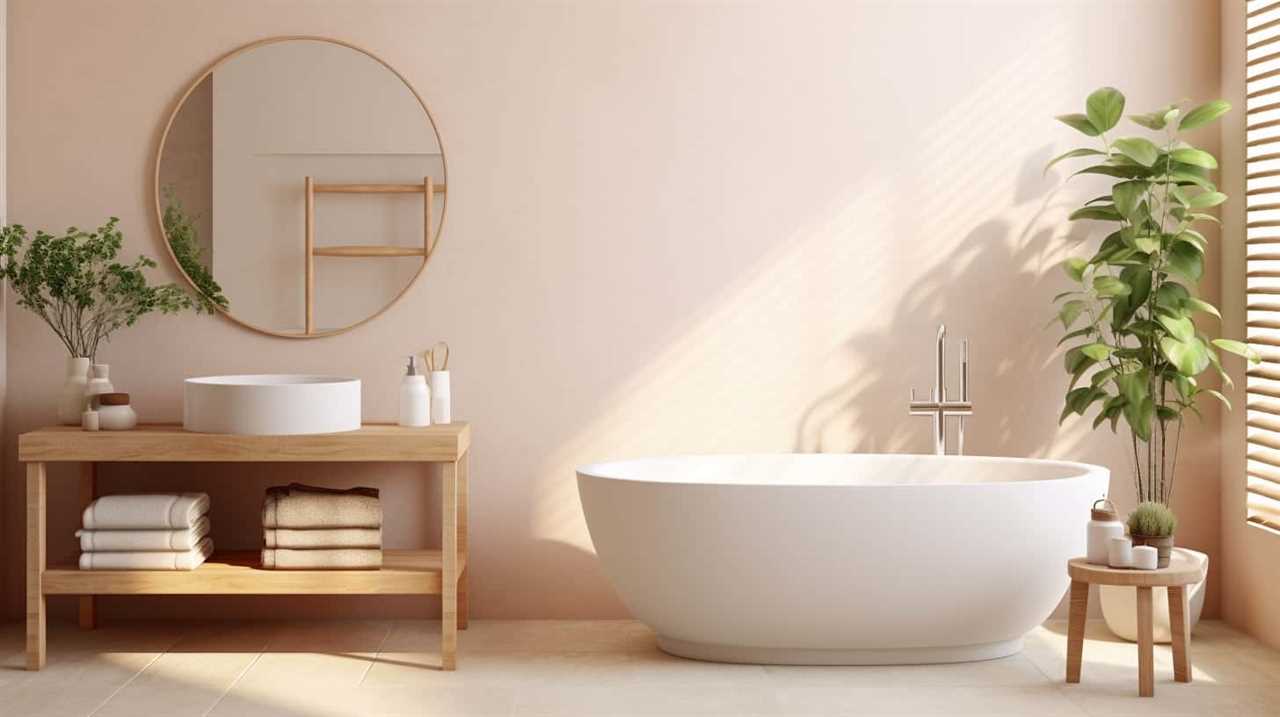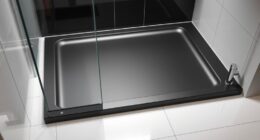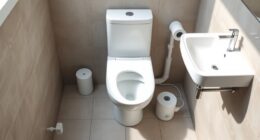Were you aware that more than 70% of residential bathtubs in the United States have a P-trap installed? This is because this vital plumbing component is key in keeping sewer gas out of our homes.
In this article, we’ll explore the purpose of a P-trap, its significance in maintaining proper drainage, and the consequences of neglecting or removing it.
So, if you desire mastery over your plumbing knowledge, read on to discover why your bathtub needs a P-trap.
Key Takeaways
- The P-trap in a bathtub is essential for preventing sewer gases, insects, and rodents from entering the living space.
- Neglecting or removing the P-trap can lead to consequences like clogs, sewer gas leaks, and potential health hazards.
- Regular maintenance and cleaning of the P-trap are necessary to prevent foul odors, slow drainage, and increased risk of clogs.
- Properly sealing and replacing a damaged P-trap is crucial for maintaining a safe and healthy environment in the home.
Purpose of a P-trap
Why do we need a P-trap in our bathtub?

The P-trap serves several important functions in the plumbing system of a bathtub. Firstly, it prevents unpleasant odors from entering our living space by creating a water seal that blocks the passage of sewer gases.
Additionally, it acts as a barrier against the entry of pests, such as insects and rodents, which can carry diseases.
Furthermore, the P-trap helps to prevent clogs by trapping debris and preventing it from flowing further into the plumbing system.
When installing a P-trap in our bathtub, it’s crucial to follow certain guidelines. The trap should be installed directly below the drain, with the proper slope to ensure smooth drainage.
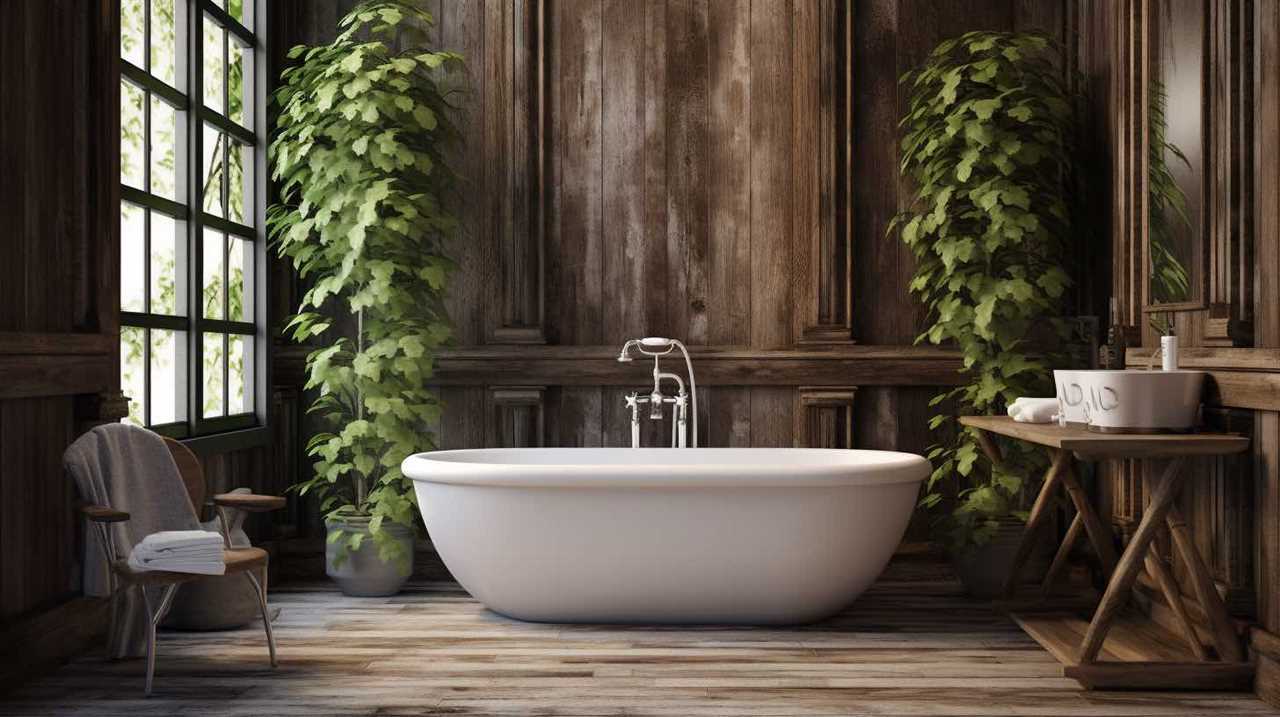
It’s also important to regularly clean and maintain the P-trap to prevent buildup and blockages.
Importance of Preventing Sewer Gas
To ensure the safety and well-being of our household, it’s crucial that we understand the importance of preventing sewer gas in our bathtub’s plumbing system.
Sewer gas is a mixture of various gases, including methane and hydrogen sulfide, which can be released from the sewer line and enter our home through drains if not properly contained.
Exposure to sewer gas poses significant risks to our health, as it contains harmful substances that can cause nausea, dizziness, headaches, and even respiratory problems. Prolonged exposure to these gases can lead to more severe health issues.
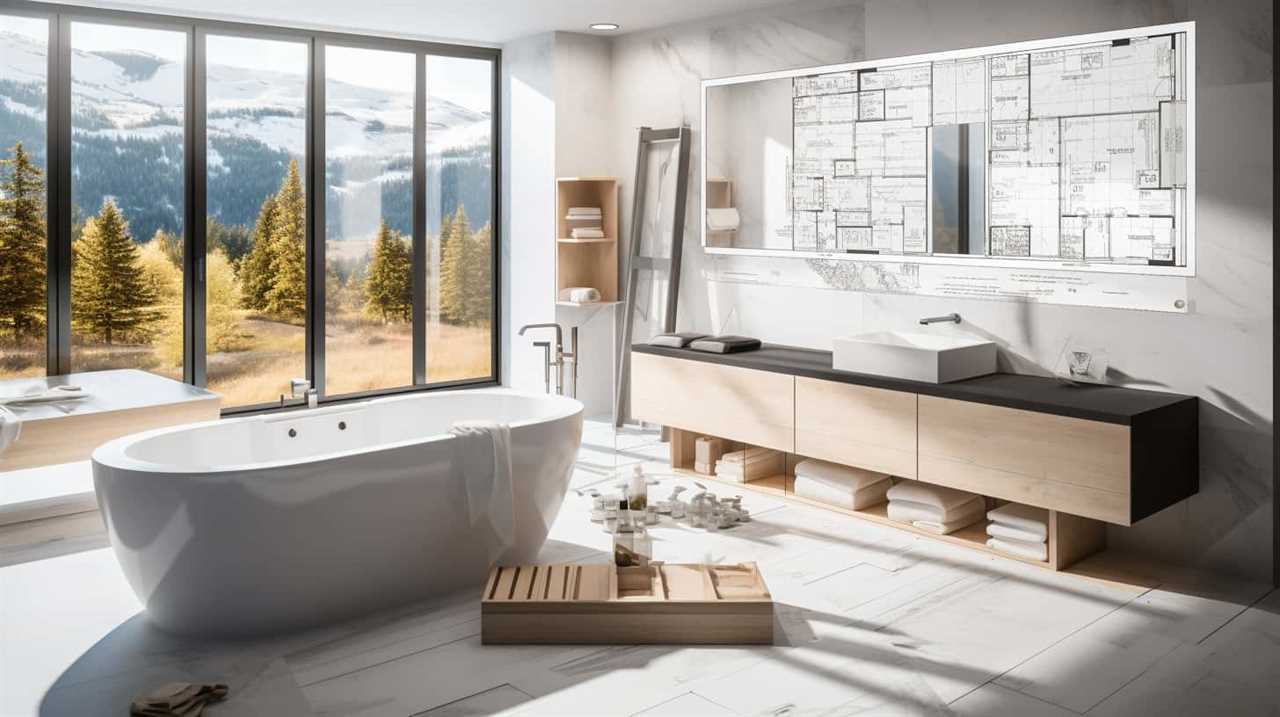
Therefore, it’s essential to have a properly functioning plumbing system with a P-trap, which acts as a barrier to prevent sewer gas from entering our living space. Without a P-trap, the drainage system becomes vulnerable to these potential health hazards.
Why the P-Trap Is Crucial for Drainage
One important reason for having a P-trap in the drainage system is to prevent sewer gas from entering our living space. The P-trap is a U-shaped pipe that traps water, creating a barrier between our homes and the sewer system.
Here are four advantages of having a P-trap and the installation process:
- Prevents sewer gas: The P-trap ensures that sewer gases, which contain harmful bacteria and unpleasant odors, don’t enter our living spaces. It acts as a barrier, keeping the gases trapped in the sewer system.
- Improves air quality: By preventing sewer gases from entering our homes, the P-trap helps maintain a healthier and more pleasant indoor environment.
- Reduces the risk of clogs: The shape of the P-trap allows it to catch debris that might otherwise clog the drainage system, preventing costly repairs and inconvenience.
- Easy installation: Installing a P-trap is a straightforward process that can be done by following a few simple steps, making it an accessible addition to any drainage system.
Common Misconceptions About P-Traps
There are several misconceptions about P-traps that need to be addressed.
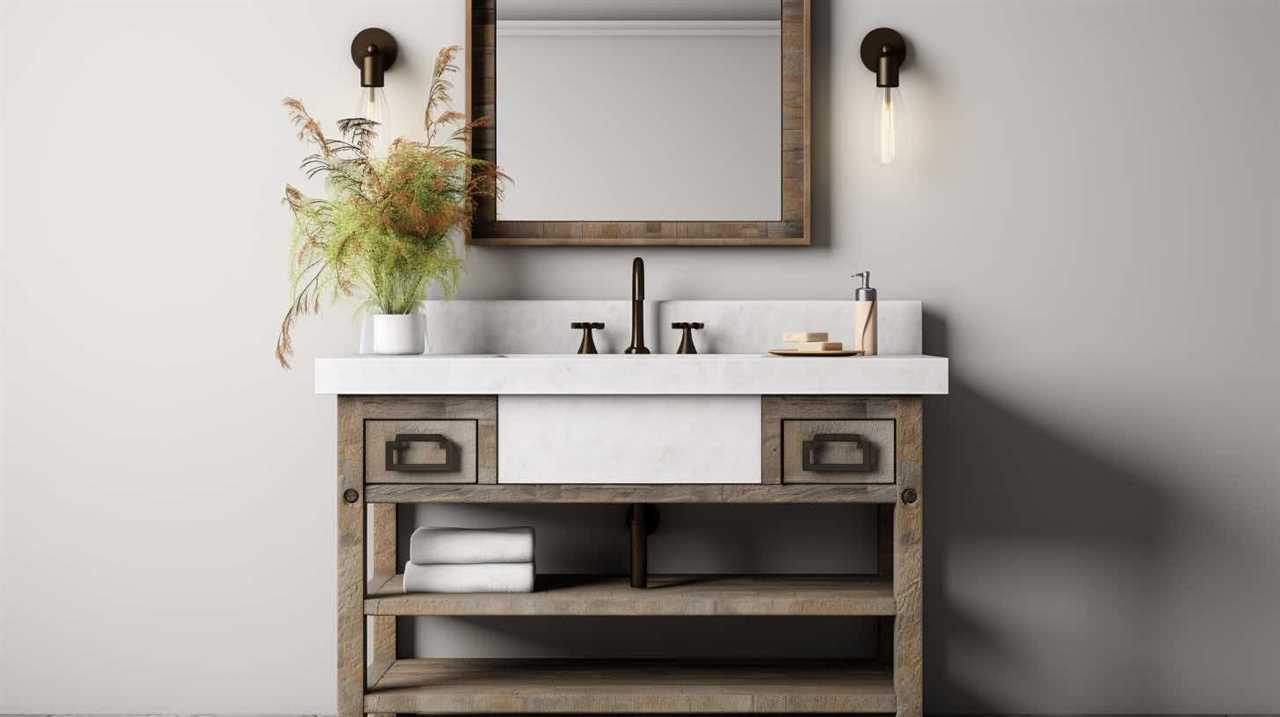
One common misunderstanding is that P-traps are optional in plumbing systems. However, P-traps are actually essential plumbing requirements for a variety of reasons.
Another misconception is that P-traps are only necessary for preventing foul odors from entering the living space. While this is one of their functions, P-traps also serve to prevent harmful sewer gases from entering the home and to provide a barrier against pests.
Additionally, some people believe that removing or neglecting the P-trap won’t have any consequences. However, this isn’t the case. Neglecting the P-trap can lead to clogs, sewer gas leaks, and potential health hazards.
Understanding these misconceptions and the consequences of removing or neglecting the P-trap is crucial for maintaining a healthy and functional plumbing system.
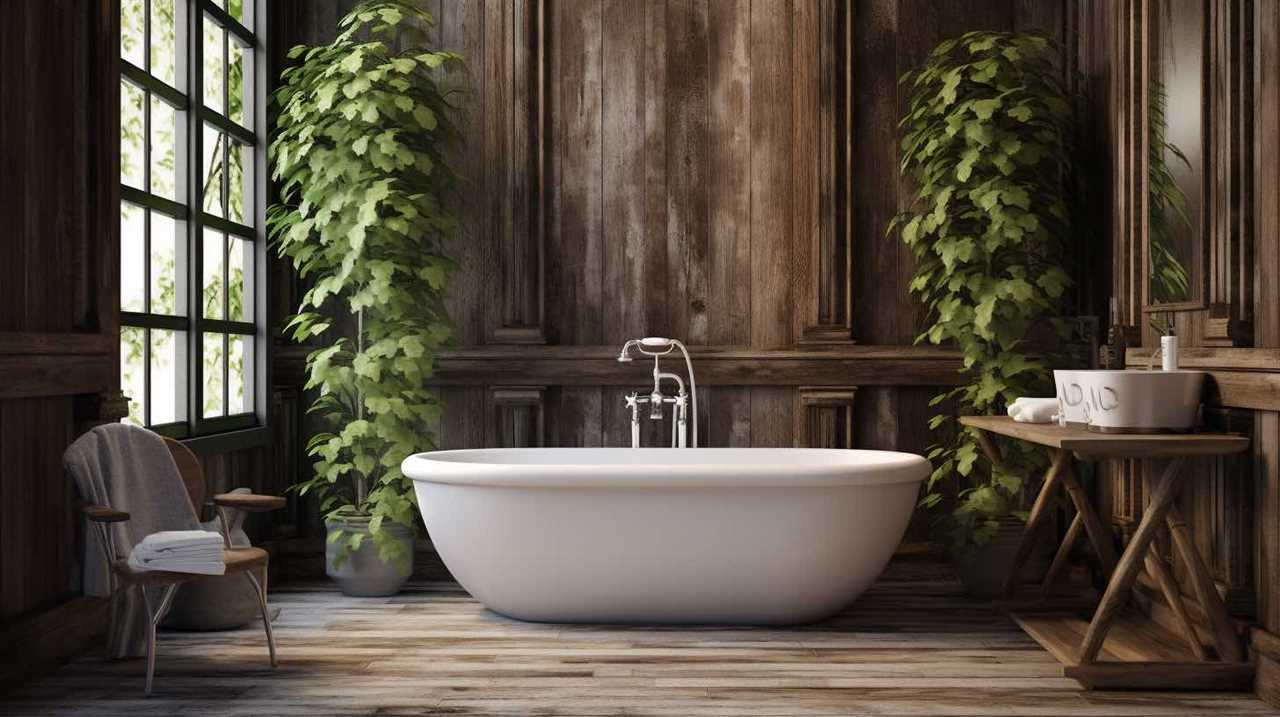
Consequences of Removing or Neglecting the P-Trap
When neglecting the P-trap, we expose ourselves to potential clogs, sewer gas leaks, and health hazards. Here are the consequences of improper bathtub installation and how to maintain a functioning P-trap:
- Clogs: Without a P-trap, debris and hair can easily enter the drain pipe and cause clogs. Regular cleaning of the P-trap can prevent this issue.
- Sewer Gas Leaks: The P-trap creates a water seal that prevents sewer gases from entering the bathroom. Neglecting the P-trap can lead to foul odors and potential health risks. Ensure the P-trap is properly sealed and replace it if damaged.
- Health Hazards: Sewer gases contain harmful substances like methane and hydrogen sulfide. Inhaling these gases can cause dizziness, nausea, and even asphyxiation. Maintaining a functioning P-trap is crucial for ensuring a safe and healthy environment.
- Regular Maintenance: To maintain a functioning P-trap, regularly clean it to remove any debris or hair buildup. Check for any leaks or damage and repair or replace the P-trap as needed.
Frequently Asked Questions
How Often Should the P-Trap Be Cleaned or Maintained?
To maintain a bathtub P-trap, it is recommended to clean it every 3-6 months. This involves removing the trap, clearing any debris, and ensuring proper reinstallation. Regular maintenance helps prevent clogs and maintain proper drainage.
Can I Replace the P-Trap With an Alternative Plumbing Fixture?
Replacing the p-trap with an alternative plumbing fixture may seem tempting, but it’s not advisable. The p-trap serves important functions like preventing sewer gases from entering your home and trapping debris. Its benefits outweigh any alternative options.
Are There Any Health Risks Associated With a Malfunctioning P-Trap?
Health risks associated with a malfunctioning P trap can include sewer gas leaks, which can lead to unpleasant odors and potential exposure to harmful bacteria. Proper maintenance of the P trap is important to prevent these health hazards.
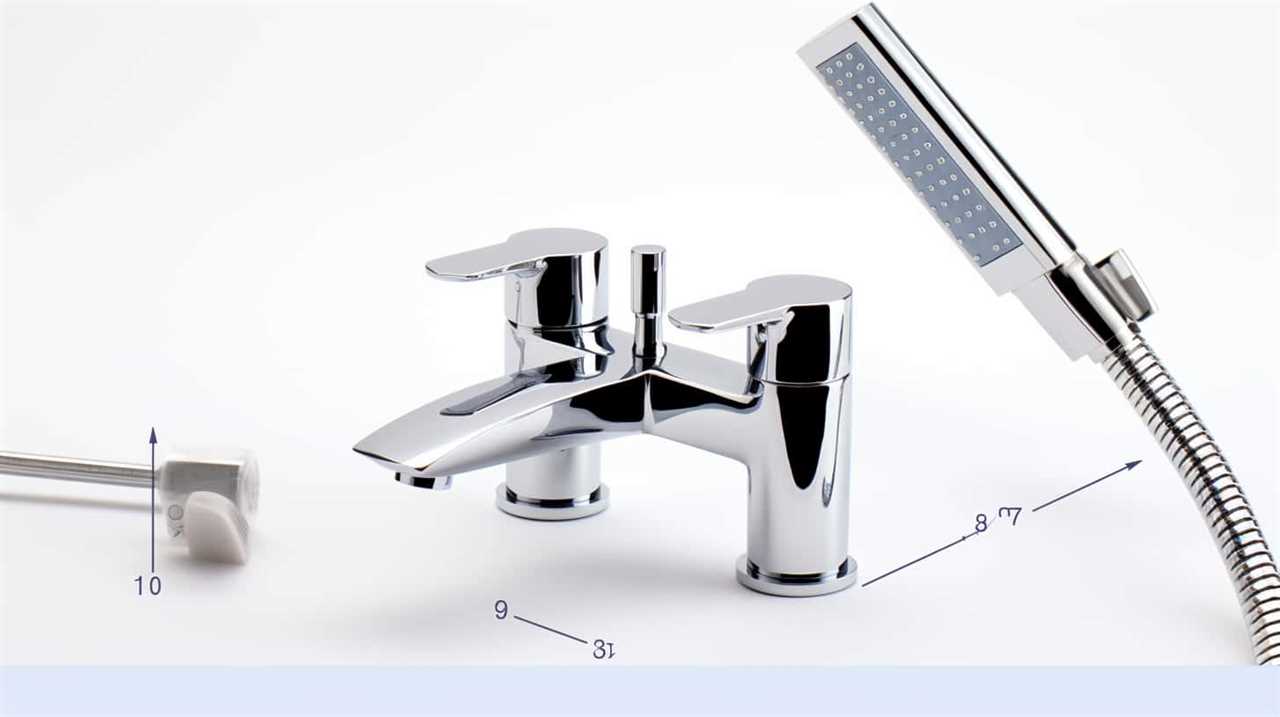
Can a P-Trap Be Installed in a Bathtub Without a Professional Plumber?
When installing a bathtub, it is crucial to include a P-trap. DIY plumbing is possible, but it’s advisable to consult a professional for proper installation and to avoid potential issues in the future.
Are There Any Signs or Symptoms That Indicate a Faulty P-Trap?
There are several indicators of a faulty p-trap, such as foul odors, slow drainage, and water leaks. Common p-trap issues include clogs, corrosion, and improper installation. Regular maintenance can help prevent these problems.
Conclusion
In conclusion, the P-trap is an essential component of a bathtub’s drainage system. Its purpose is to prevent sewer gas from entering the bathroom, ensuring a safe and hygienic environment. Neglecting or removing the P-trap can lead to unpleasant odors and potential health hazards.
Just like a sturdy barrier keeps out unwanted guests, the P-trap acts as a protective shield, safeguarding your bathroom from the foul smells lurking beneath.
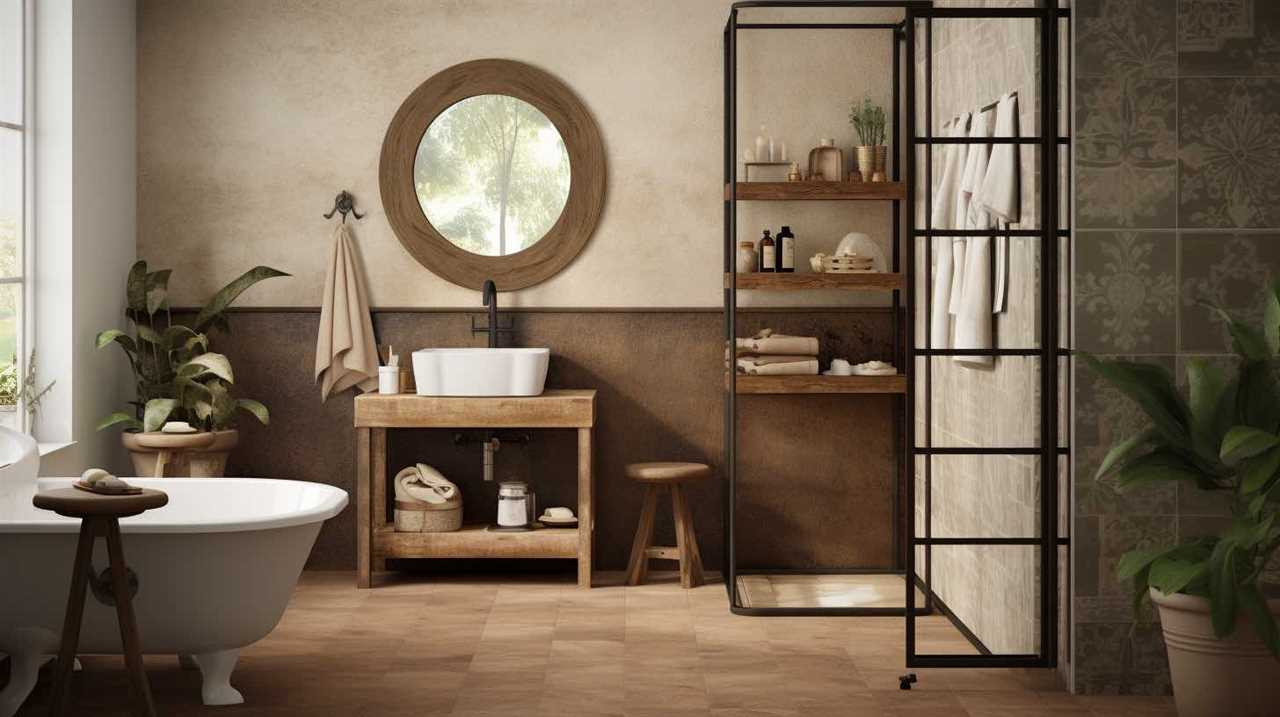
So remember, always maintain your P-trap to keep your bathing experience fresh and worry-free.
